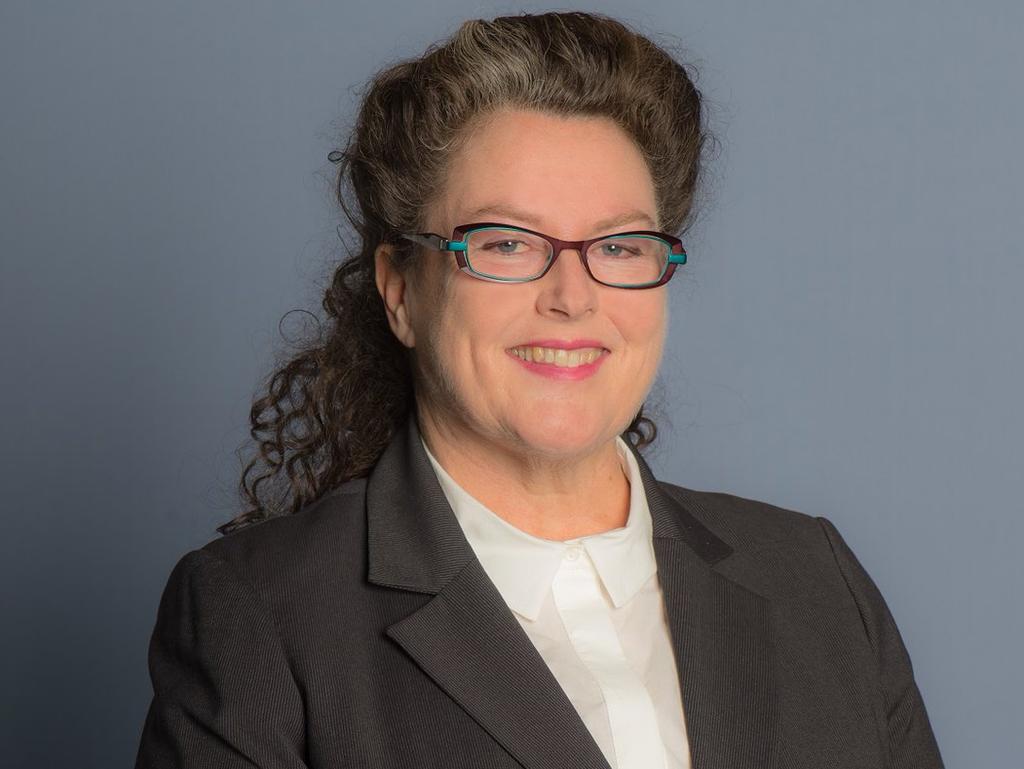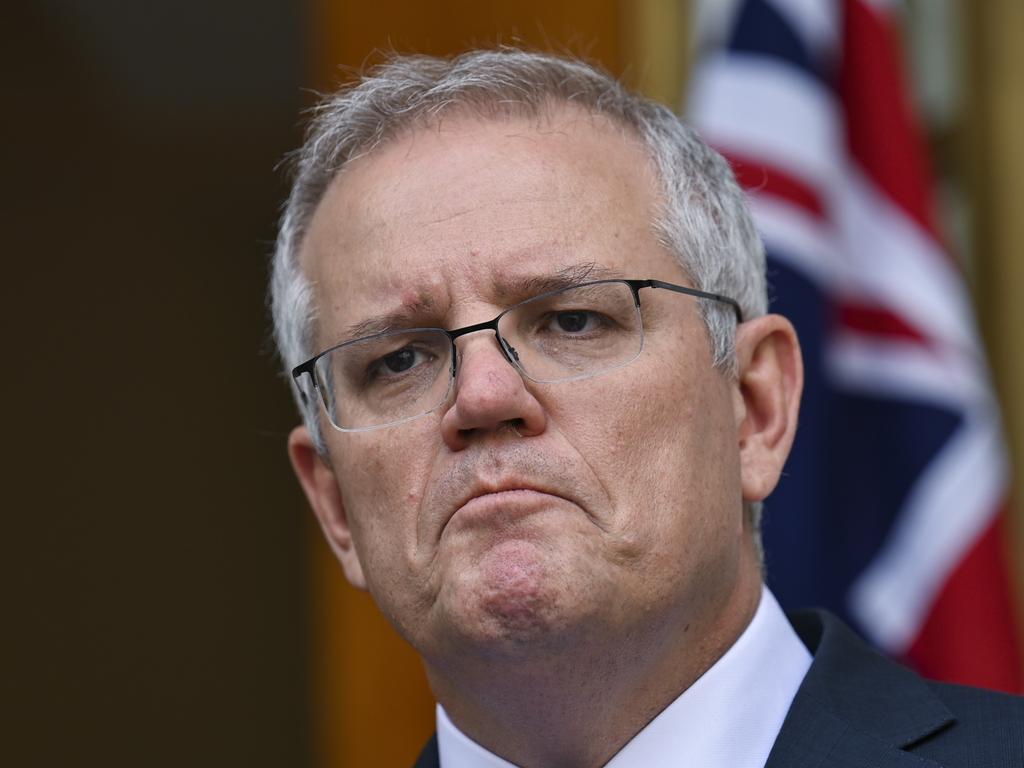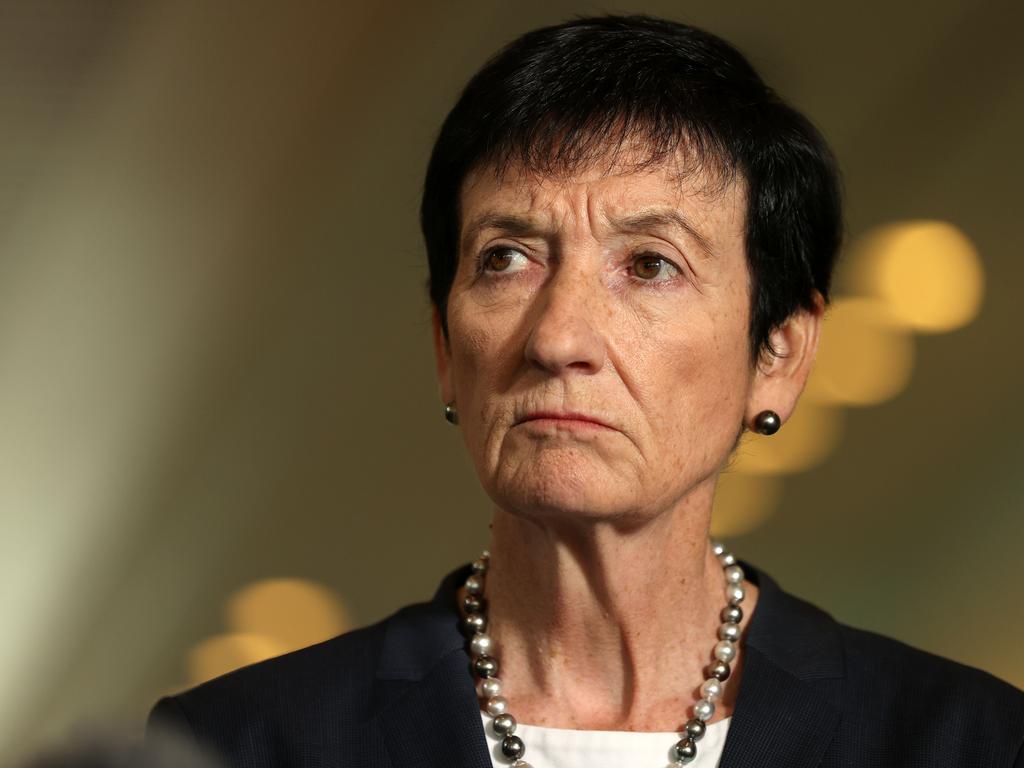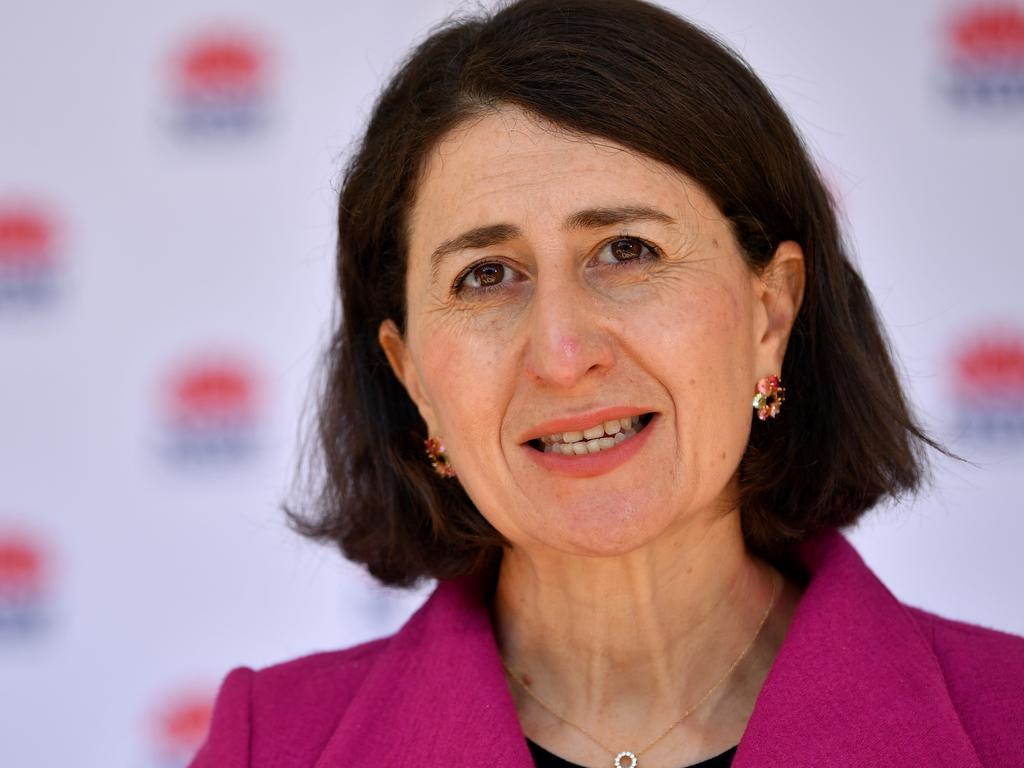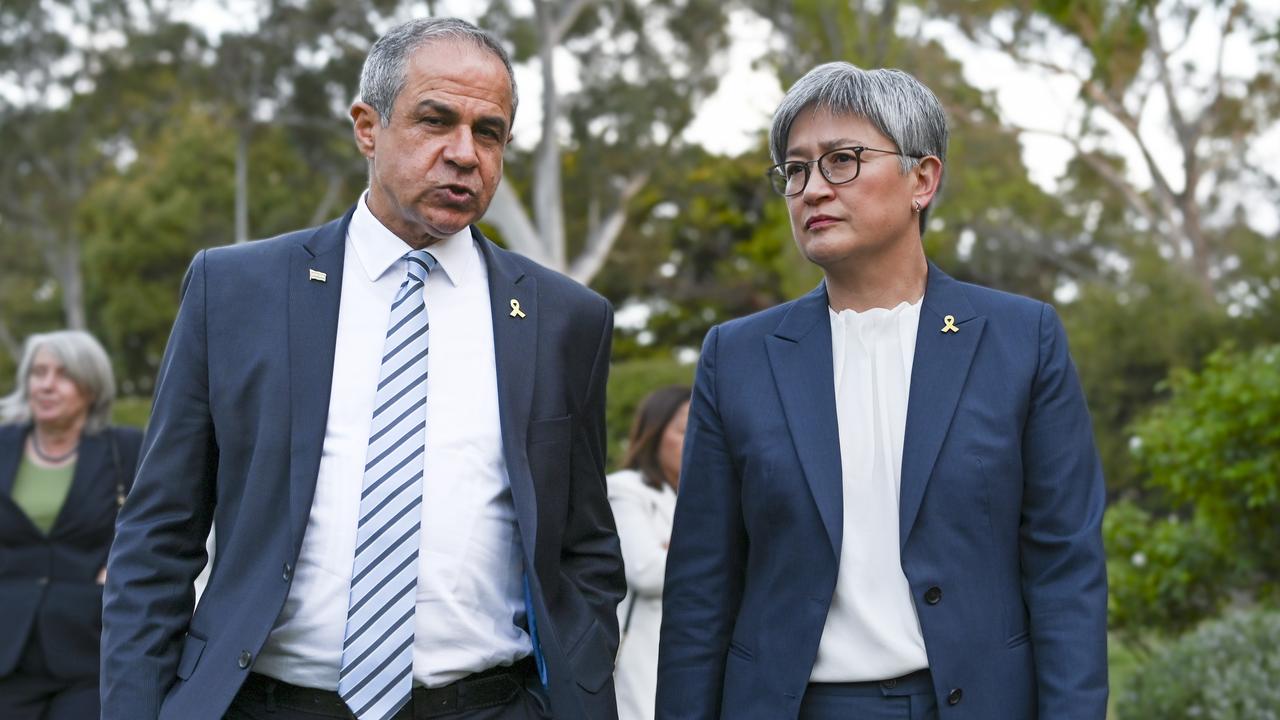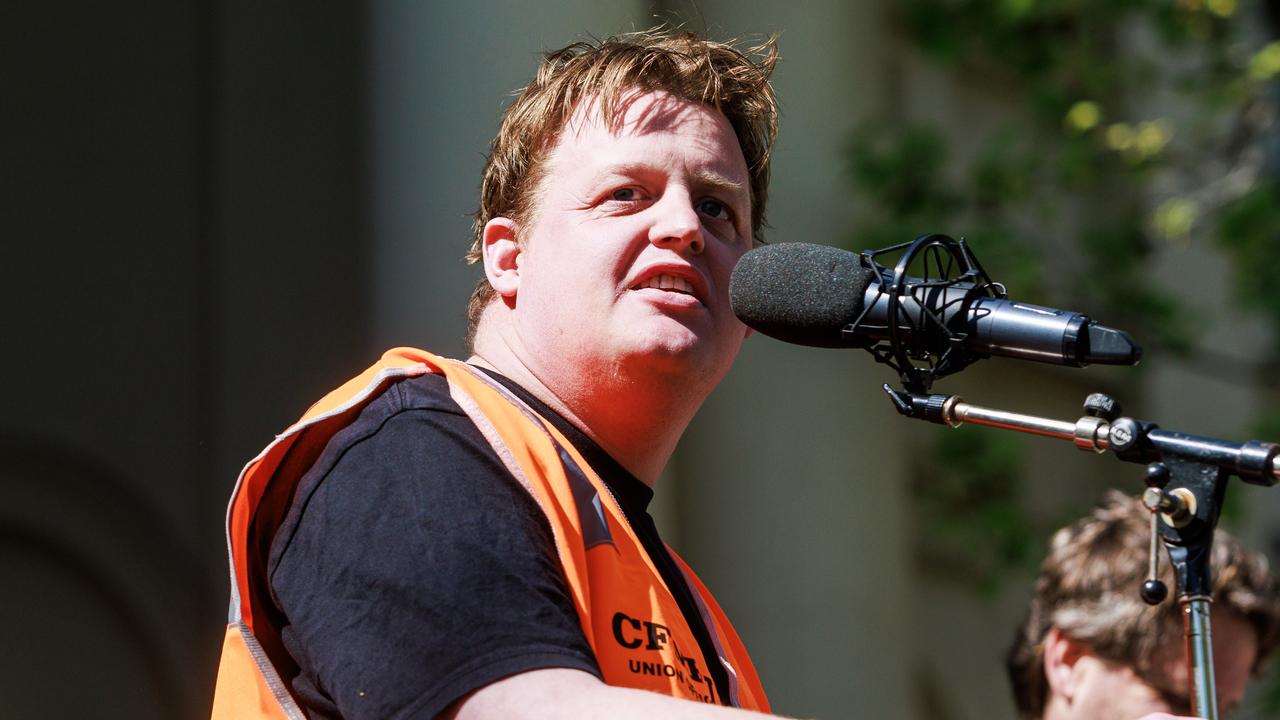Covid-19 vaccine targets to unlock the path to freedom
Scott Morrison clinches a deal with premiers to tie national reopening to new vaccination targets.
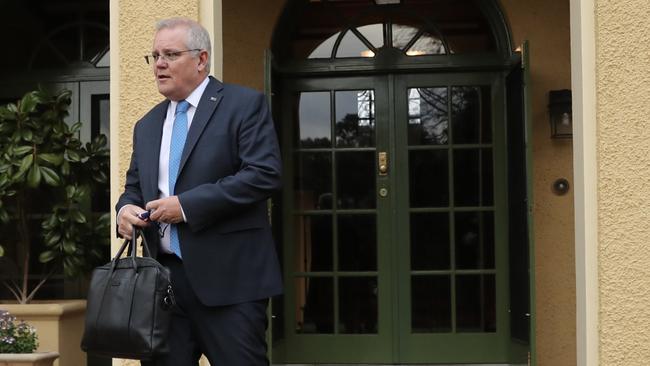
Scott Morrison has clinched a deal with premiers to return life to normal by tying the national reopening to new vaccination targets, under a plan that will leave potential lockdowns and a shuttered international border in place for at least another six months.
National cabinet agreed to a four-step blueprint on Friday for a phased easing of restrictions once Australians have met the new vaccine thresholds, which will be set using scientific modelling from epidemiologists at the Doherty Institute in Melbourne.
But, to secure the support of national cabinet, Mr Morrison was forced to accept demands from Labor states to slash the number of international arrivals by 50 per cent, amid concern over the more-infectious Delta strain.
The numbers of foreign arrivals will be cut to 3034 a week from July 14 with no end date in sight, dampening the repatriation hopes of 34,000 Australians stranded overseas and alarming business, which is warning of critical skills shortages driven by a “Fortress Australia” mindset.
The Prime Minister sealed the breakthrough agreement in separate late-night conversations with NSW Premier Gladys Berejiklian and her Victorian counterpart Daniel Andrews on Thursday, following a week of political conflict between the states and commonwealth over vaccine supply.
The broad details of the plan had been thrashed out by Mr Morrison during his two weeks of quarantine at The Lodge before being circulated to the states on Friday morning.
In his first in-person appearance since returning from the G7 summit in Cornwall and France, the Prime Minister said further restrictions on international travel represented a “prudent action while we remain in this suppression phase of the virus”.
Mr Morrison said the first phase of his plan would include new trials of at-home quarantine – most likely in South Australia – and the introduction of a vaccine authentication regime on the international border. Lockdowns would only be used as a “last resort.”
He rejected suggestions that the halving of overseas arrivals was the result of hotel quarantine system failures, after community outbreaks flared across the nation and plunged 11 million people into lockdown. Rather, it was “about the Delta variant”, he said.
“It’s simple,” he said. “The delta strain is more contagious, and so we’re just seeking to take precautionary steps to overall reduce the risk. I mean infection rates in quarantine are 1 per cent.”
Mr Morrison signalled the abandonment of any pursuit of an elimination strategy, making it clear he wanted to get to a stage where Australians had enough protection through vaccinations so that Covid-19 “would be like the flu”.
Australians would need to “learn how to live with those strains, learn about them, and modify our approaches as required”, he said.

Just over 8 per cent of the Australian population is fully vaccinated. The nation broke through the 8 million dose mark on Friday, making it one of the slowest rollouts in the OECD.
Medical experts welcomed the plan on Friday, but suggested the delta strain would require an unlikely vaccination take-up of more than 80 per cent to allow for the full unwinding of restrictions.
Australian Medical Association president Omar Khorshid said the plan recognised that the “road out of this crisis is vaccination”. “The four stages of the plan announced today show a future that includes a reduction in restrictions, a limited use of lockdowns, an increase in travel caps, and potential return of international outbound travel – particularly for those who are vaccinated,” Dr Khorshid said.
“By the final stage of the plan, we see a vaccinated population and as a result, a health system prepared to treat Covid similar to how we manage the flu.”
University of Melbourne epidemiologist Tony Blakely said vaccination was “not sufficient” to unlock restrictions and warned that Australians would need to practice Covid-safe living – such as masks, QR tracing and social distancing – for the next two years.
Business Council of Australia chief executive Jennifer Westacott said the plan provided hope.
“We are pleased to see plans to trial alternative quarantine options and the return of international students and economic visa holders,” Ms Westacott said. “We think we can be more ambitious and provide more incentive for getting the vaccine: for example vaccinated residents should be able to return to Australia as soon as possible. Also, vaccinated residents should be exempt from domestic restrictions.”
Australian Industry Group chief executive Innes Willox said it was a “major step forward that finally delivers some hope to the Australian community” but he was disappointed at the “unwelcome six-month 50 per cent cap on international arrivals”.
Group of Eight universities chief executive Vicki Thomson said she backed the plan’s inclusion of commercial trials for the limited entry of student and economic visa holders during the first phase. “It seems likely that we may not see significant international student numbers returning to Australia until well into 2022, which is not unexpected but still sobering for the sector – notwithstanding our first priority of keeping Australians safe,” she said.
Chief medical officer Paul Kelly said home quarantine could be more safe than the current hotel system, arguing there was “decreased interaction with staff”,
Professor Kelly said there would need to be a shift in the national psychology to “concentrate increasingly on severe illness rather than (on) numbers of cases”.
The slashing of arrival caps was a win for the Victorian, West Australian and Queensland governments, which had been pushing for a decrease until more of the population was vaccinated.
NSW Premier Gladys Berejiklian said she didn’t agree with the decision but would respect her fellow state and territory leaders.
While timelines under the four-step plan have not been agreed, Mr Morrison said a new phase could be entered once a yet-to-be specified vaccine threshold was achieved. He was optimistic all Australians would be offered a first jab by the end of the year. “I would hope that we were living in that second phase next year,” he said.
Anthony Albanese said the plan had come too late, arguing that the nation was already 18 months into the pandemic. “We need to fix the rollout of the vaccine and we need to fix the national quarantine,” he said.

